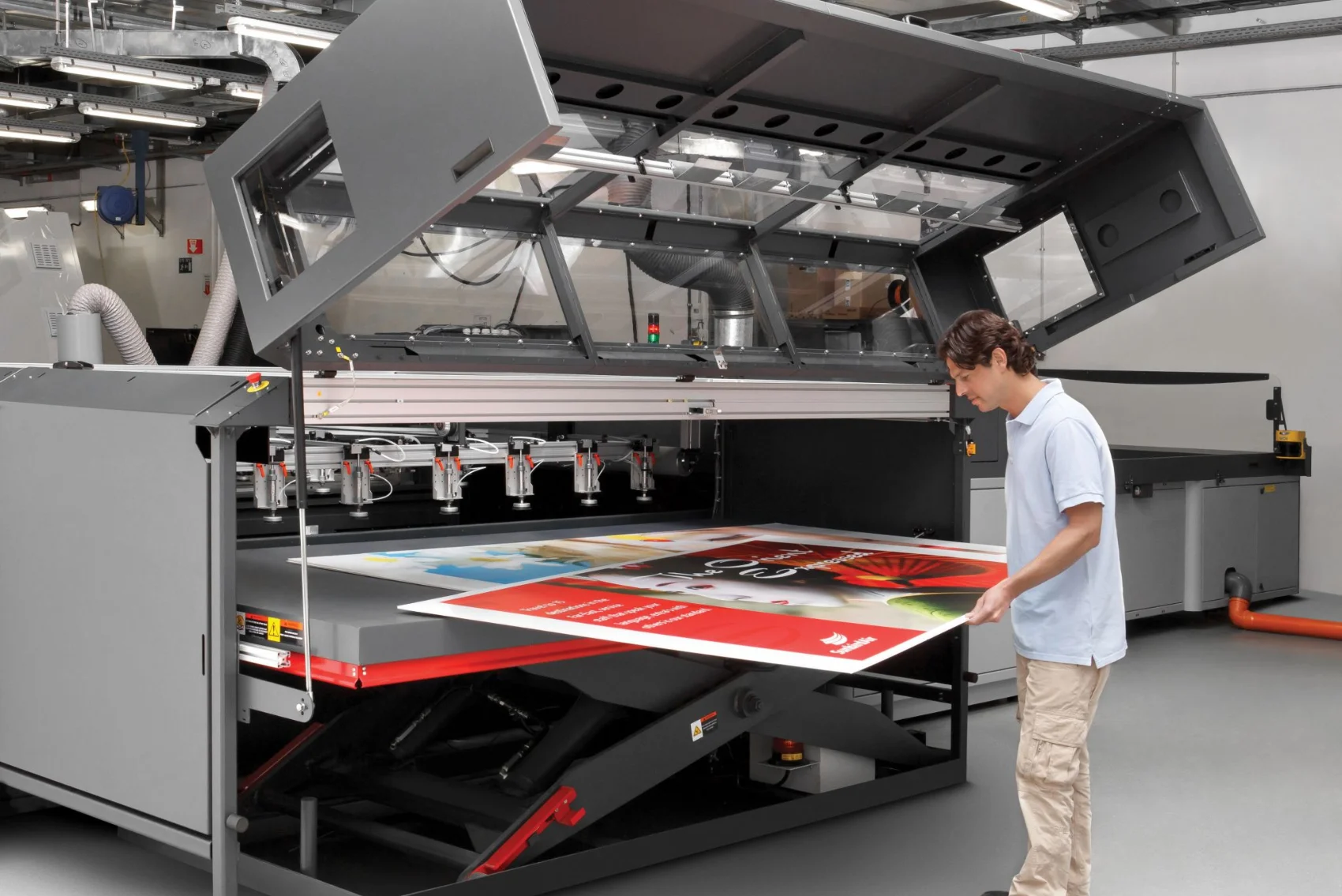In the ever-evolving landscape of printing technology, businesses and individuals face the critical decision of choosing between offset printing vs digital printing. Both methods have their distinct advantages and drawbacks, influencing the quality, cost, and efficiency of the final printed product. In this comprehensive exploration, we delve into the nuances of offset printing versus digital printing, examining their differences in processes, quality, and suitability for various printing needs.
Offset Printing: The Traditional Workhorse
Offset printing, often regarded as the traditional printing method, has been a stalwart in the industry for decades. The process involves transferring an inked image from a plate to a rubber blanket, which is then rolled onto the printing surface. This indirect printing method is well-suited for high-volume projects and offers consistent, high-quality prints.
Advantages of Offset Printing:
- High-Quality Output: Offset printing is renowned for its exceptional print quality, delivering sharp and vibrant images with consistent color reproduction. This makes it the preferred choice for projects where print quality is paramount, such as brochures, magazines, and marketing collateral.
- Cost Efficiency in Large Runs: As the quantity of prints increases, the per-unit cost in offset printing decreases. This scalability makes offset printing economically advantageous for large print runs, making it an ideal choice for businesses requiring bulk printing.
- Versatility in Paper Choice: Offset printing supports a wide range of paper types and thicknesses, allowing for greater flexibility in choosing materials for various printing needs. This versatility extends to specialized finishes and coatings, providing an array of options for achieving the desired aesthetic.
Disadvantages of Offset Printing:
- Setup Time and Costs: Offset printing involves a significant setup process, including the creation of printing plates. This setup time and cost make it less favorable for short print runs or projects with tight deadlines.
- Waste Generation: The initial setup requires a few test prints to ensure color accuracy and registration. This can result in some waste before reaching the final approved print, making it less environmentally friendly compared to digital printing.
Digital Printing: The Modern Marvel
Digital printing, on the other hand, represents the cutting edge of print technology, offering a direct printing method that bypasses the need for plates. This method has gained popularity for its speed, cost-effectiveness in short runs, and variable data printing capabilities.
Pros of Digital Printing:
- Quick Turnaround Time: Digital printing eliminates the need for lengthy setup processes, making it ideal for projects with tight deadlines. The files are sent directly to the printer, enabling swift production and delivery of prints.
- Cost-Effective for Short Runs: Digital printing excels in producing smaller quantities economically. Unlike offset printing, there is no need for expensive plate creation, making it cost-effective for on-demand printing, personalized materials, and small batches.
- Variable Data Printing: Digital printing allows for variable data printing, enabling customization of each printed piece with unique text, images, or codes. This is particularly advantageous for personalized marketing materials, direct mail campaigns, and promotional items.
Cons of Digital Printing:
- Color Consistency: While digital printing technology has improved significantly, achieving the same color consistency as offset printing can be challenging. Offset printing’s precise color control often outshines digital printing in large, consistent print runs.
- Limited Paper Options: Digital printing may have limitations in terms of the range of paper types and finishes compared to offset printing. This can impact the overall look and feel of the final product, especially for projects requiring specialty papers.
Offset vs. Digital Printing Quality:
The debate on print quality is a crucial aspect when comparing offset printing to digital printing. Both methods have their strengths and weaknesses in this regard.
- Color Accuracy: Offset printing, with its meticulous color control and calibration, is known for achieving precise color accuracy. Digital printing has made significant strides in color reproduction, but offset printing remains the preferred choice for projects where color consistency is paramount.
- Resolution and Detail: Offset printing generally offers higher resolution and finer details, making it the preferred choice for intricate designs and images. However, advancements in digital printing technology have narrowed this gap, and for many applications, the difference may be negligible to the naked eye.
- Consistency in Large Runs: Offset printing shines when it comes to maintaining consistent print quality across large print runs. The stability of the offset process ensures that the first print is nearly identical to the last, providing a level of consistency that is sometimes challenging for digital printing to match.
Conclusion:
In the ongoing debate of offset printing vs. digital printing, there is no one-size-fits-all answer. The choice between these printing methods ultimately depends on the specific requirements of the project at hand.
For large print runs with a focus on impeccable color accuracy and consistent quality, offset printing remains the go-to option. Its versatility in paper choice and ability to handle high-volume printing make it indispensable for certain industries and applications.
On the other hand, digital printing’s rapid turnaround time, cost-effectiveness for short runs, and variable data printing capabilities make it an attractive choice for businesses seeking flexibility, personalization, and on-demand printing.
In a dynamic printing landscape, the decision between offset and digital printing is often nuanced. Print buyers must carefully consider factors such as project scale, budget constraints, turnaround time, and desired print characteristics to make an informed choice. As technology continues to advance, both offset and digital printing will likely coexist, each catering to specific needs within the diverse realm of printing requirements.
